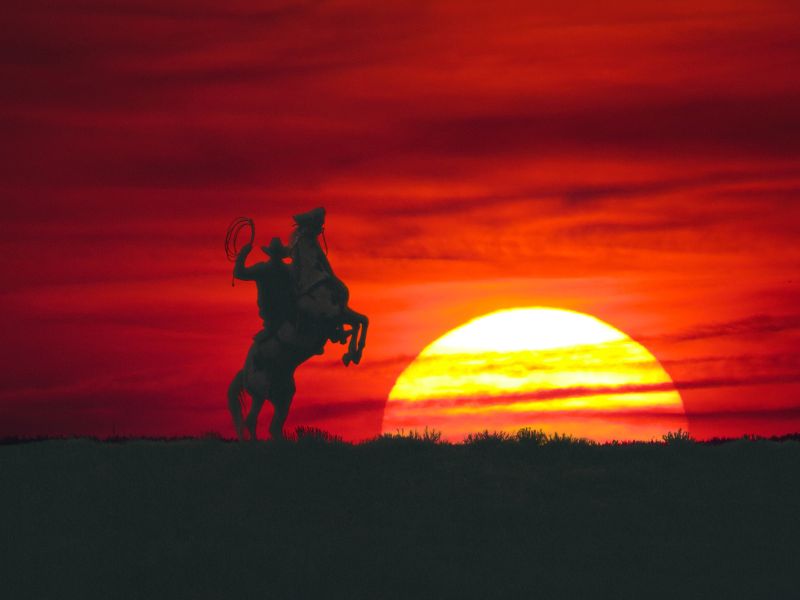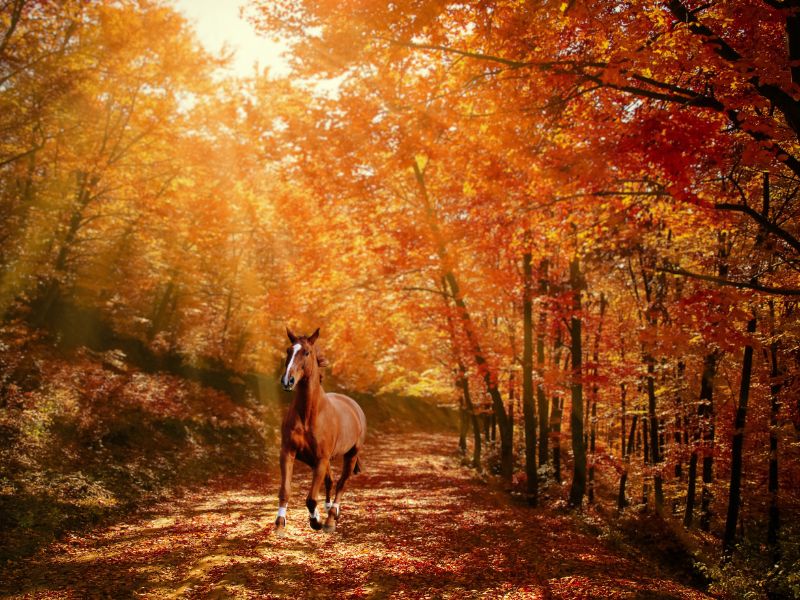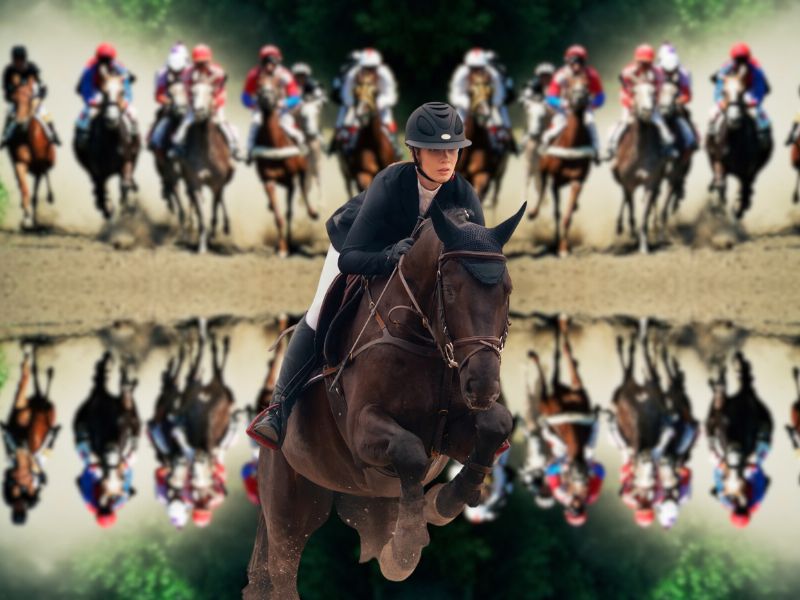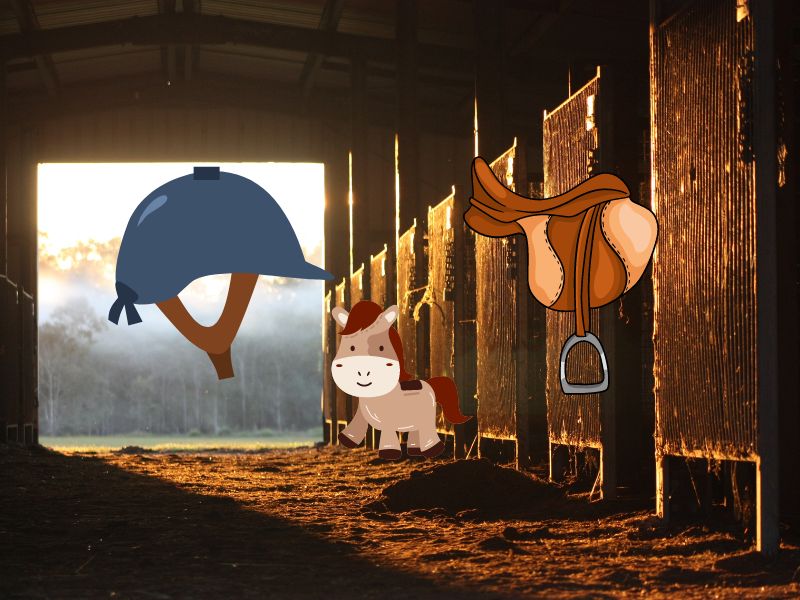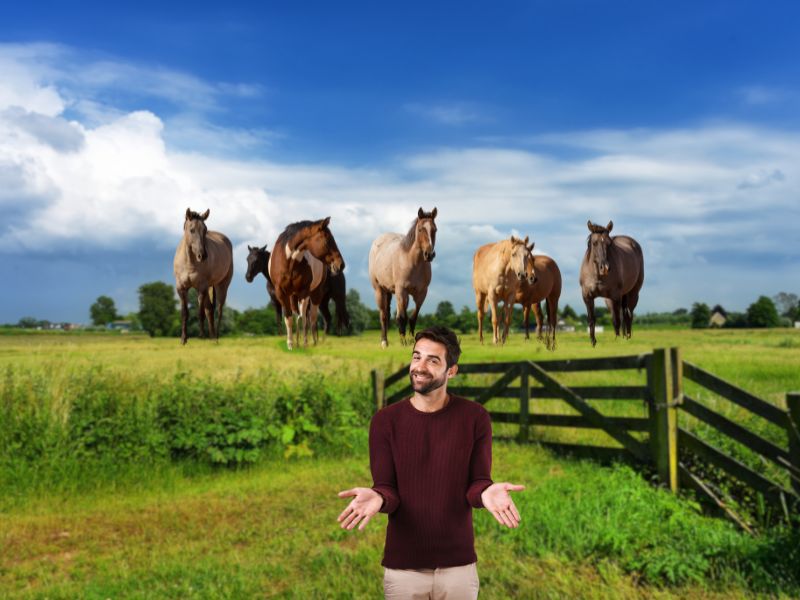Equine Elegance: Unraveling the World of Premium Horse Tack and Accessories
As the sun rises over the picturesque stables, horse owners and enthusiasts eagerly prepare to indulge their majestic companions in the world of premium horse tack and accessories. The relationship between a horse and its rider is one of unparalleled trust and companionship, and nothing exemplifies this bond better than the selection of top-notch gear that ensures comfort, performance, and style. In this article, we delve into the realm of equine elegance, exploring the latest innovations in horse saddles and other essential riding accessories that create an unparalleled experience for both horse and rider.
The Perfect Saddle: A Harmonious Connection
A Symphony of Comfort and Performance
The saddle, a rider’s closest connection to their steed, plays a vital role in maintaining balance and promoting a seamless riding experience. Today, cutting-edge technology and traditional craftsmanship converge to create saddles that offer both comfort and performance.
Unleashing the Potential: Custom-fit Saddles
One size does not fit all when it comes to saddles. Custom-fit saddles have taken the equestrian world by storm, revolutionizing the way riders interact with their horses. Advanced 3D scanning and pressure mapping techniques enable saddle-makers to design personalized saddles that accommodate the horse’s unique shape, ensuring an optimal fit like a tailor-made suit.
Feather-light and Formidable: Innovative Materials
In the pursuit of enhancing performance, saddle manufacturers have turned to innovative materials. From state-of-the-art carbon fiber frames that reduce weight to shock-absorbing gel-infused seat cushions, these advancements guarantee an unparalleled riding experience for horse and rider alike.
Enhancing the Experience: Luxury Riding Accessories
Style Meets Functionality
Beyond saddles, the world of equine elegance encompasses a range of accessories designed to elevate the riding experience to new heights.
The Finest Bridles and Bits
Bridles are more than just headgear; they are a communication link between rider and horse. Discover the finest bridles made from supple leather adorned with intricate stitching, complemented by bits crafted for gentle control and precise communication.
Fashion Forward: Designer Riding Apparel
Riders, too, can embrace elegance with designer riding apparel that combines style and functionality. From chic riding jackets that wick away moisture to sophisticated helmets designed for optimum safety, these fashion-forward choices allow riders to look and feel their best.
Caring for the Steed: Wellness Products
A Happy, Healthy Horse
A horse’s well-being is paramount to every owner, and the market offers a treasure trove of wellness products to keep these majestic creatures in their prime.
Pampered Hooves: Therapeutic Shoes
For horses with specialized needs, therapeutic shoes are a godsend. Equipped with cutting-edge shock absorption and corrective features, these shoes help relieve stress on hooves and promote healing.
Aromatherapy for Horses: Relaxation and Restoration
A new trend in equine wellness involves aromatherapy. Specially formulated oils can help calm anxious horses, ease sore muscles, and provide a spa-like experience to keep your horse relaxed and happy.
Embracing the world of equine elegance goes beyond mere aesthetics; it’s about forging a profound connection with these magnificent creatures. From custom-fit saddles that harmonize comfort and performance to luxurious riding accessories and wellness products, horse owners now have an array of options to provide their equine companions with the very best. So, saddle up and explore the world of premium horse tack and accessories to unlock a universe of unmatched experiences for you and your horse.



